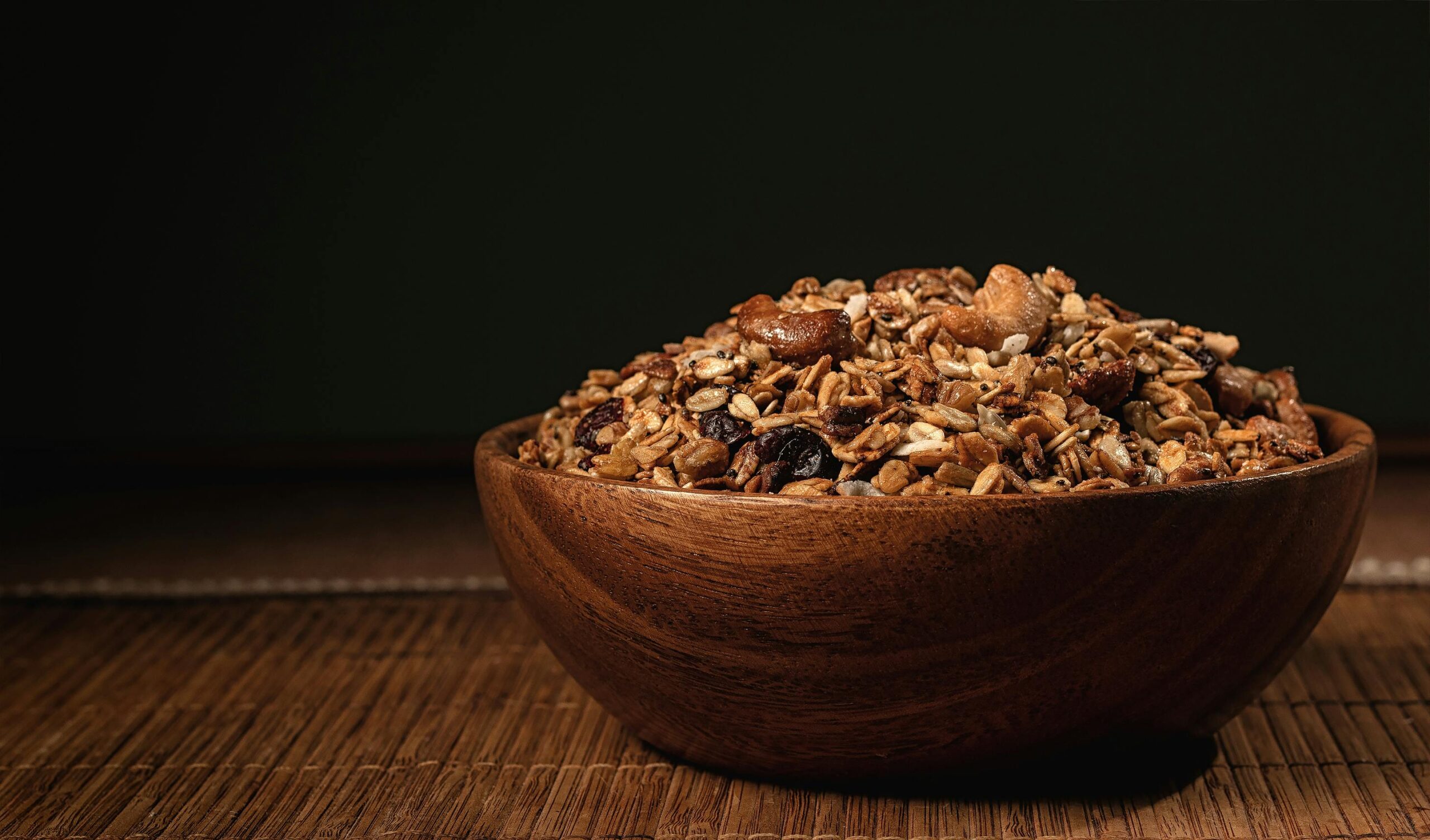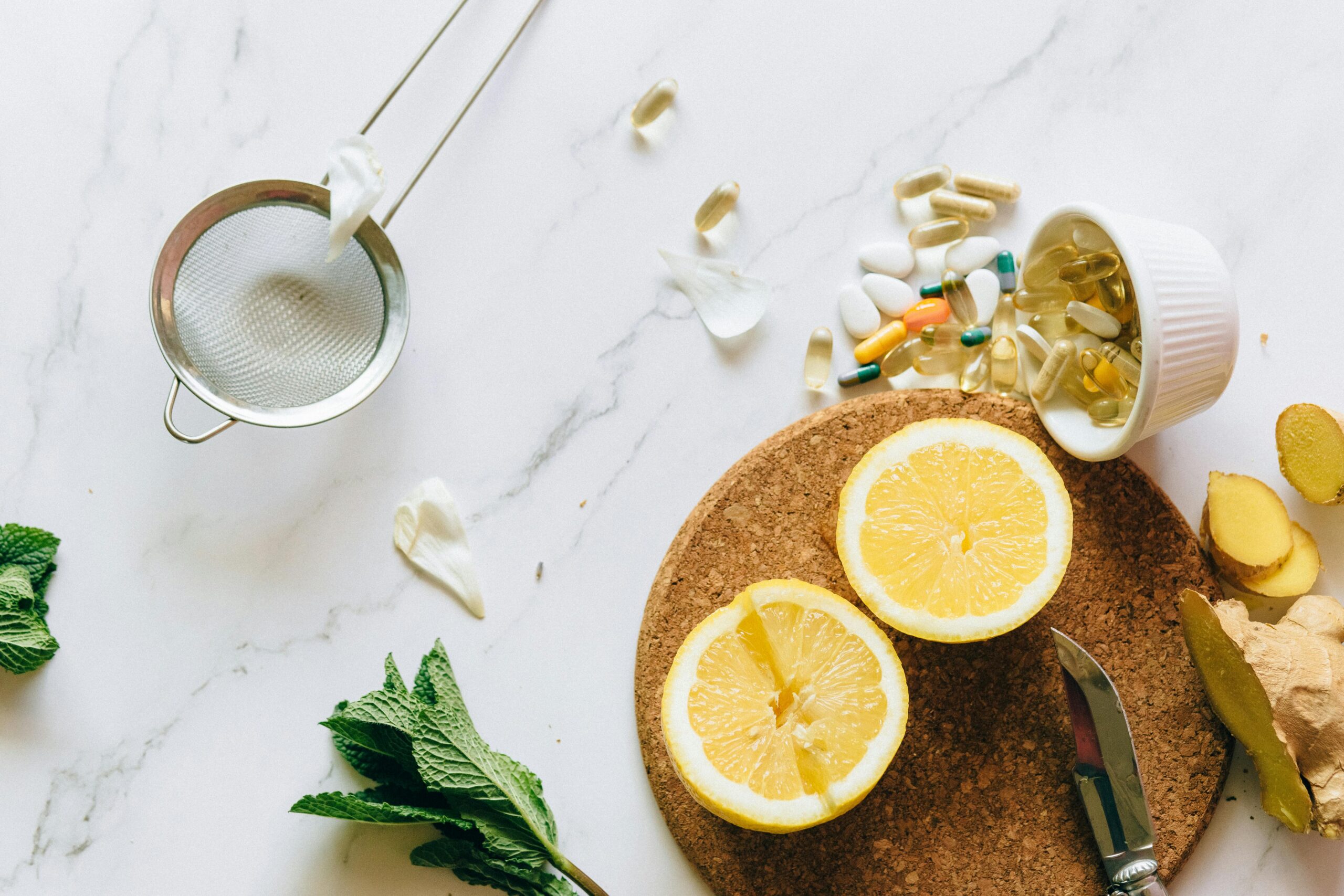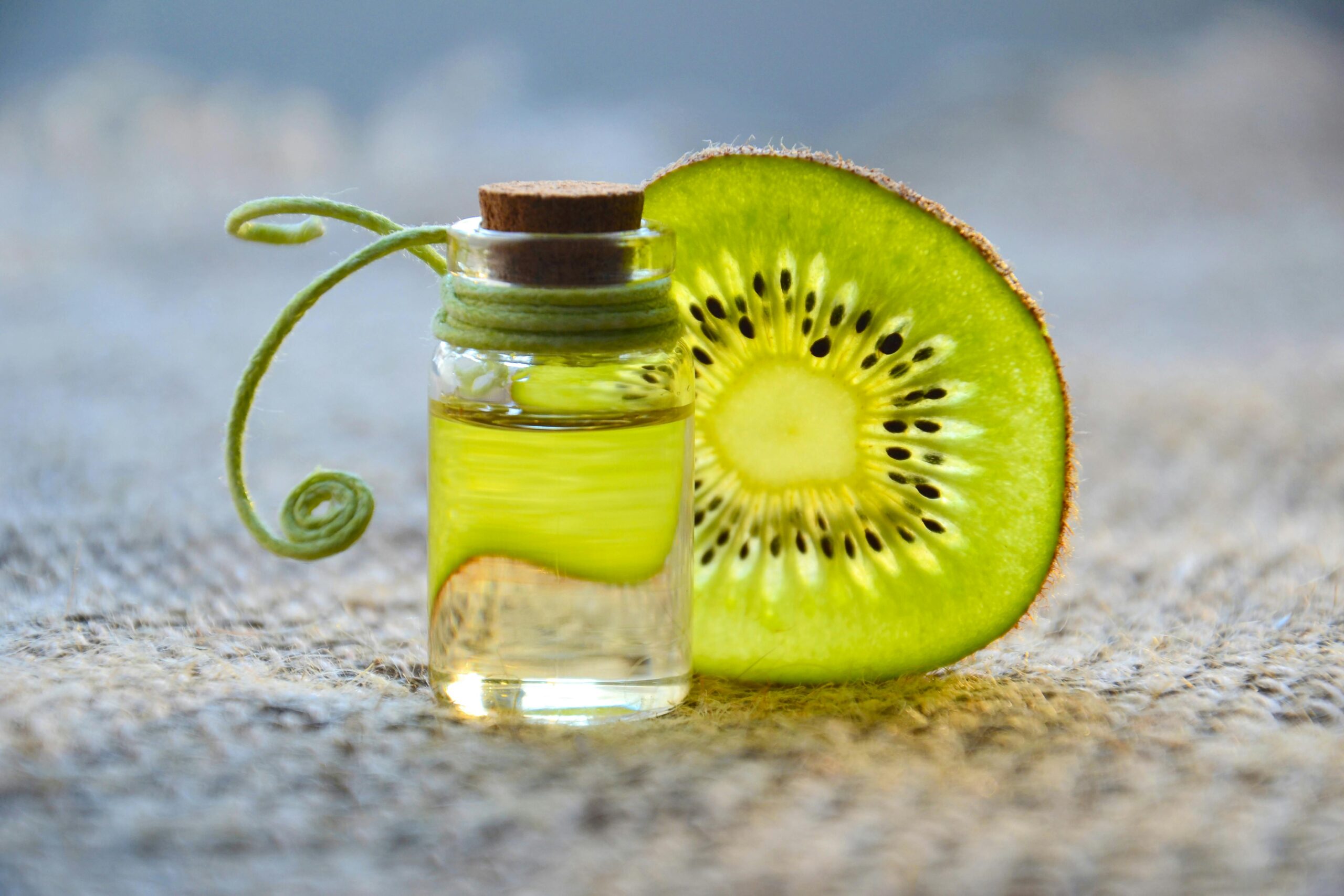Fibermaxxing The High-Fiber Health Trend you must know

In the world of health and nutrition, a new trend is making waves—fibermaxxing. While the name might sound like an internet fad, the science behind it is solid. Fibermaxxing refers to deliberately increasing your dietary fiber intake to promote better digestion, weight management, and overall wellness. Let’s explore what fibermaxxing is all about, its benefits, and how you can safely try it.
What is Fibermaxxing?
Fibermaxxing is the practice of maximizing fiber consumption through whole, plant-based foods such as fruits, vegetables, legumes, seeds, and whole grains. The term is a combination of “fiber” and “maxxing” (slang for maximizing). It’s become a buzzword on platforms like TikTok and Reddit, where users share their experiences of improved gut health, flatter stomachs, and better energy levels—all by boosting fiber intake.
Why Fiber Matters
Fiber is a type of carbohydrate that the body can’t digest. Instead of being broken down into sugar, it passes through the digestive system and helps in several key functions:
-
Regulates digestion
-
Feeds healthy gut bacteria
-
Reduces cholesterol levels
-
Controls blood sugar
-
Keeps you full longer
Health Benefits of Fibermaxxing
-
Improved Digestion
High fiber intake helps prevent constipation, supports regular bowel movements, and promotes a cleaner gut. -
Better Gut Health
Certain fibers act as prebiotics, feeding beneficial bacteria in the gut, which strengthens your immune system and boosts mood. -
Weight Management
Fiber-rich foods are filling and low in calories, which helps control hunger and reduce overeating. -
Stable Blood Sugar Levels
Soluble fiber slows the absorption of sugar, reducing spikes in blood glucose and making it ideal for diabetics or those with insulin resistance. -
Heart Health Support
A fiber-rich diet can help lower bad cholesterol (LDL), reducing the risk of heart disease.
How to Practice Fibermaxxing Safely
Jumping into a high-fiber diet suddenly can lead to bloating, gas, or stomach cramps. Here’s how to do it right:
-
Start slow: Gradually increase fiber intake over 1–2 weeks.
-
Hydrate well: Drink plenty of water to help fiber move smoothly through your system.
-
Focus on whole foods: Eat more fruits, veggies, whole grains, nuts, seeds, and legumes.
-
Balance fiber types: Combine both soluble (like oats and beans) and insoluble fiber (like wheat bran and veggies).
Top High-Fiber Foods to Include
| Food | Approximate Fiber (per 100g) |
|---|---|
| Chia Seeds | 34g |
| Lentils | 8g |
| Oats | 10g |
| Raspberries | 6.5g |
| Broccoli | 2.6g |
| Almonds | 12g |
| Apples (with skin) | 2.4g |
Who Should Be Cautious?
Fibermaxxing isn’t for everyone. People with digestive issues like IBS, ulcerative colitis, or Crohn’s disease should consult a doctor before increasing fiber significantly, as it may aggravate symptoms.
Conclusion
Fibermaxxing is more than a passing health trend—it’s a practical, evidence-based approach to improving your body’s functions naturally. By including more fiber-rich foods in your meals, you’ll not only feel better but also support long-term health. Just remember to ease into it and keep your water intake high.





